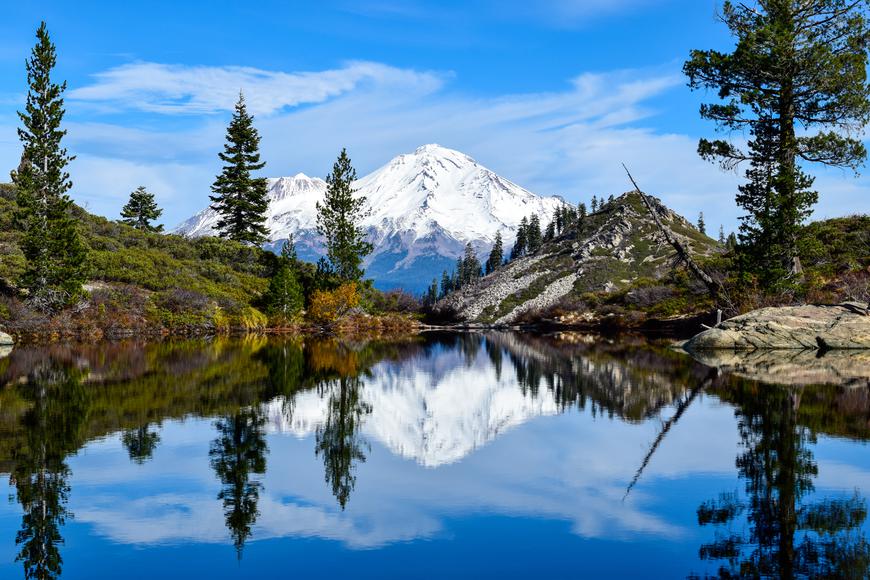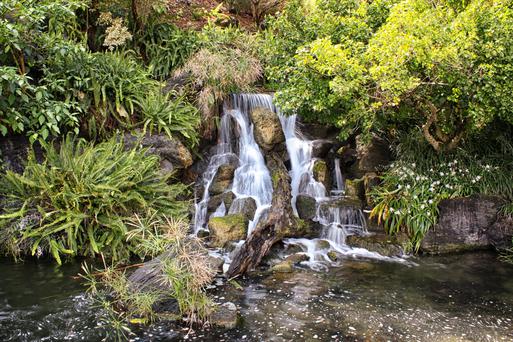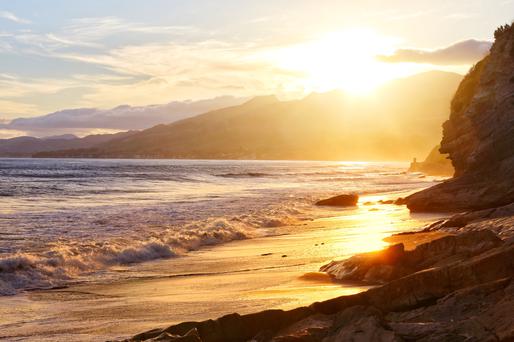How Much Will it Cost to Get a Permit?
The cost for a Mount Shasta Summit Pass stands at $25 for each climber. When opting for self-issue, carrying the precise cash amount or a personal check can streamline the process, ensuring a quicker and smoother start to your adventure, leaving you more time to enjoy the hike.
For those residing nearby and anticipating multiple ascents of Mount Shasta, an Annual Summit Pass is available for $30 at any Ranger Station. This pass remains valid through December 31st of the purchase year, offering a convenient and cost-effective option for frequent climbers.
Other Things to Consider While Climbing Mt. Shasta
Considering a backpacking adventure up Mt. Shasta with your buddies? It's important to note that group sizes are capped at 10 individuals, so it might be wise to stick to the main crew this trip. Also, there's a limit on camping durations, allowing for a maximum of seven nights within any 30-day period.
Mt. Shasta, similar to the well-visited Mount Whitney, sees a significant number of climbers and hikers each year. To maintain its breathtaking natural beauty, the Mt. Shasta Wilderness management, along with climbers, have implemented a responsible Waste Disposal System akin to the compulsory W.A.G.-Bag system used at Mt. Whitney. This means everyone is encouraged to conscientiously manage their waste by utilizing 'pack out' bags, available at ranger stations or the Bunny Flat Trailhead, ensuring that Mt. Shasta remains as splendid as ever for future visitors.
The Best Mount Shasta Hiking Trails
The stunning views that greet hikers on Mount Shasta are truly unparalleled. As you traverse any path on the mountain, you're treated to vast, sweeping landscapes. A significant reason for these breathtaking sights is the expansive area above the timberline. To fully appreciate the beauty of Mount Shasta's trails, they must be experienced firsthand.






